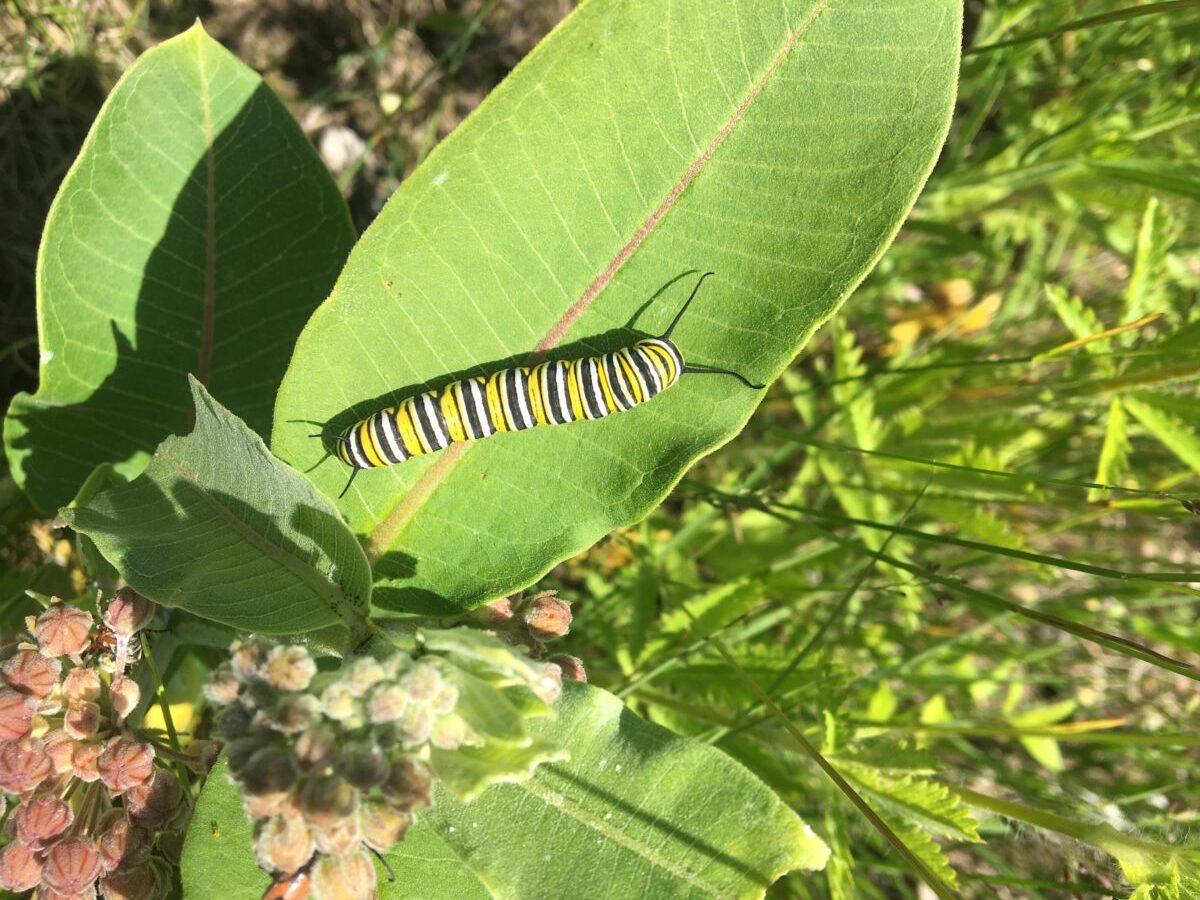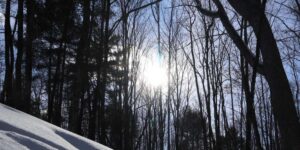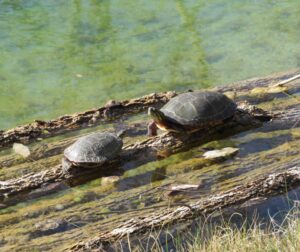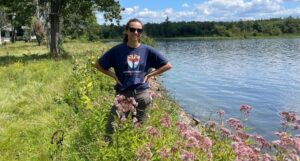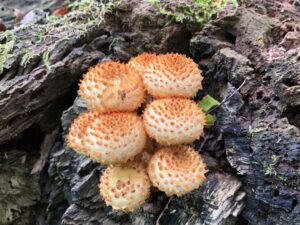The power of milkweed: by protecting land, you’re also saving butterflies!
By: Joseph Gentile, KLT Volunteer
Why do you visit the Kawarthas? For the abundance of pristine lakes and streams? Vast expanses of geological features deposited here thousands of years ago… or milkweed?
Yes, that’s right: milkweed! Kawartha Land Trust proudly protects thousands of acres of milkweed species year after year. Let’s explore why milkweed is an important part of our local ecology.
Milkweed, or Asclepias, is a remarkable plant and there are four types commonly found in Ontario. This include the common milkweed (Asclepias syriac), butterfly weed (Asclepias tuberosa), poke milkweed (Asclepias exaltata), and swamp milkweed (Asclepias incarnata). Perhaps the most distinctive attribute milkweed is known for is its broad foraging leaves, which actively feed both monarch caterpillars and, you guessed it, monarch butterflies!
The genus name, Asclepias, is named after the Greek god of medicine, Asklepios. A remarkable feature of milkweed plants is that they contain cardiac glycoside compounds, toxic compounds that are lethal to most insects, birds and small mammals. This feature protects the plants from being eaten by predators.
Monarch butterflies are members of the Nymphalidae family. When they eat milkweed, they are able to store these toxic compounds in their tissues, which protects them from predators as well.
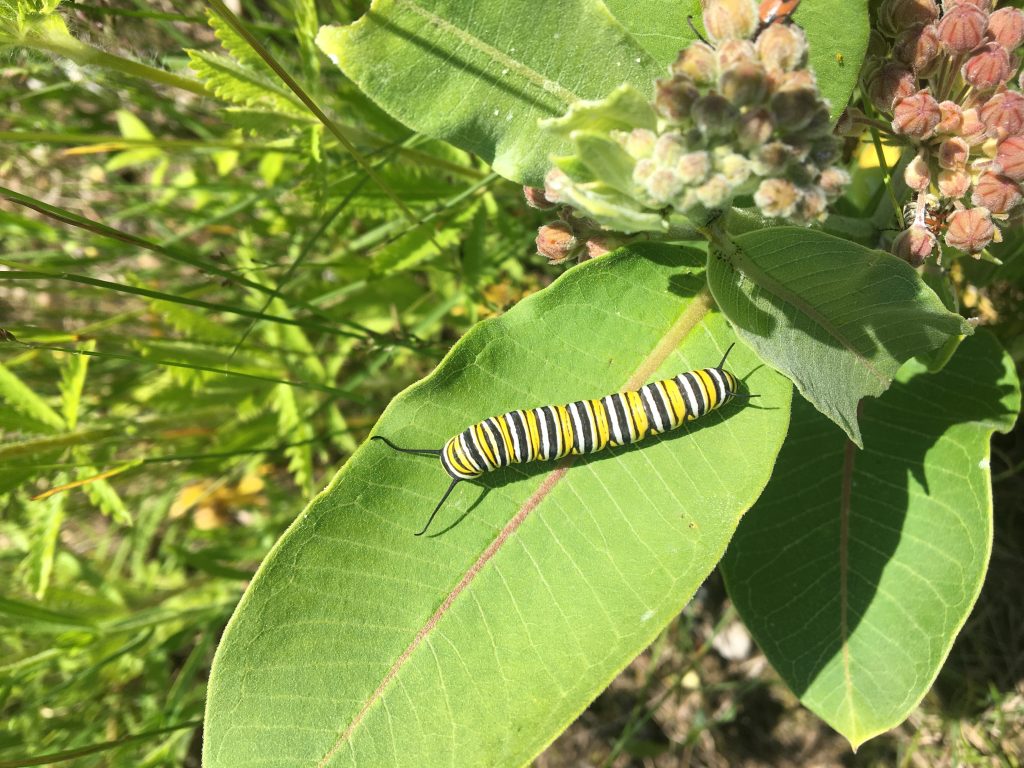
Monarch butterflies are a fascinating species, and their bright colours and vivid markings are recognized and admired by people far and wide. They are an extremely important pollinator specie – and with the unfortunate decline of pollinators in North America, monarch butterflies are central to this growing environmental crisis. Nearly 90 percent of the food on our tables is directly connected to the actions of pollinators in the natural environment.
Monarch butterflies are also a critical indicator species – that is a species that indicates the health of our environments by reacting to daunting changes in their natural surroundings.
And that brings us back to milkweed. The monarch butterflies’ future is in danger because of the loss of their only food source, which is milkweed! A scientific study shows that within the span of 10 years, a 97% decline in the population of milkweed occurred in the state of Iowa alone! Milkweed is a critical component to our natural ecology, which is why it is important that we protect the milkweed species here in the Kawarthas!
All four of the native species of milkweed are found on the protected lands acquired by the Kawartha Land Trust. Each species is different as they each require different land qualities, soil properties, and habitats to thrive. For instance, the poke milkweed grows in heavily shaded forests, like those found on Boyd Island, while butterfly weed grows in tallgrass prairie ecosystems – an endangered ecosystem — that the McKim-Garsonnin property protects.
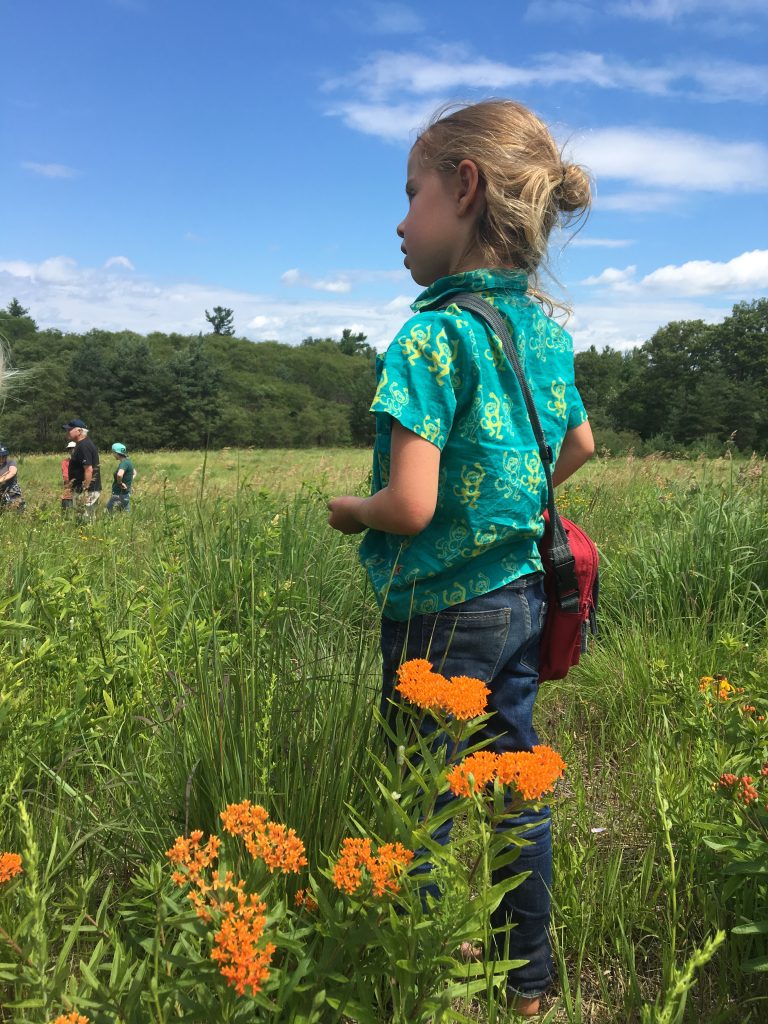

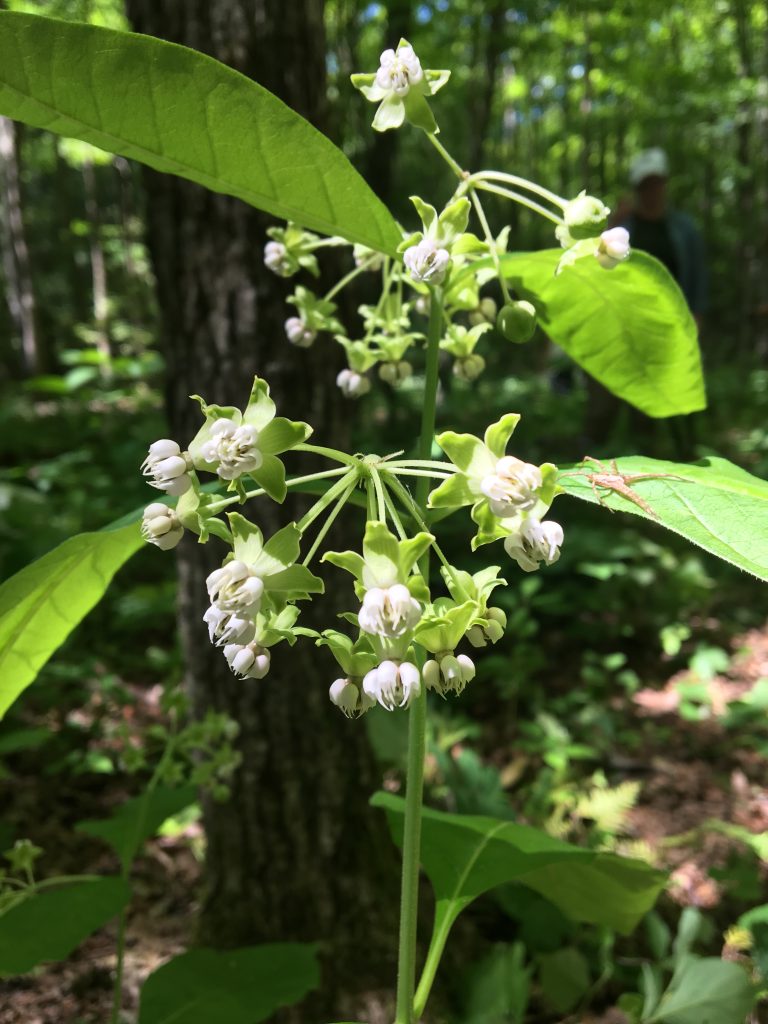
Spring is a great time of year to visit the wonderful areas we actively work to protect. We invite you to come explore our diverse lands, rich in natural beauty and ecological significance this season. Enjoy the vistas and travel through landscapes speckled with one of nature’s most stunning and intricate species: milkweed!
Posted April 18, 2018.

